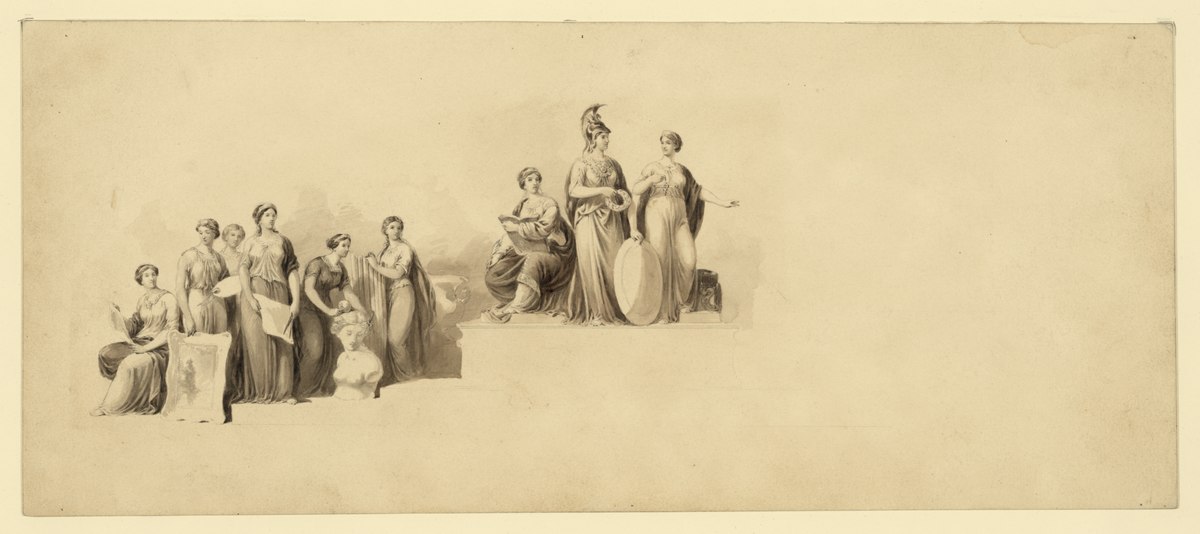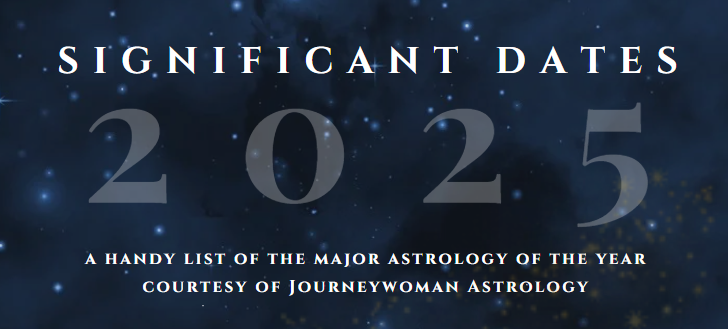Part of the magic of mythology is that each generation redefines stories for themselves—that’s why we never seem to get tired of a new retelling of a fairy tale. As individuals, we can do this as well.
In a goddess asteroid reading, I explore where the asteroids named for goddesses from various cultures and traditions—Diana, Artemis, Isis, Inanna, and many others—fall in your birth chart. It’s wonderful to incorporate these stories of feminine strength into our own personal mythologies.
I encourage anyone who has one of these consultations to read up on the mythological figures in their chart and think about what those figures mean for them personally. Often, their importance makes perfect intuitive sense instantly. Other times, it can be a lot like reading literature: deeper layers of meaning become clear upon reflection. Meditating upon these myths and symbols, reading up on them and maybe letting them percolate in dreams, can surface wonderful insights.
Here’s Dawn Bogrodi, with whom I studied, commenting on asteroids:
The one thing that has revealed itself to me very clearly over the past five years or so is that the asteroids definitely give pinpoint definition to a chart (particularly through progressions). They can be quite shocking when exact. … I’ve been working with a number of specific asteroids, but the rules seem to apply to all of them.
The asteroids’ specificity can definitely be startling (check out this exploration of Amelia Earhart’s and Alexandria Ocasio-Cortez’s charts, for example). I have yet to see a chart that did not reflect an uncanny synchronicity in the placement of asteroids, and I doubt I ever will. When one of these goddess asteroids is prominently placed, often conjunct an angle or planet, it can be particularly supportive, pointing out and highlighting strengths and gifts. They can also reveal opportunities and talents we may not know we have.
Some of the newly discovered dwarf planets—namely, Haumea, Makemake, and Eris—have also been named after feminine mythological figures. Eris, now officially named after the Greek goddess of strife, was initially nicknamed Xena, in honor of TV’s fictional warrior princess. Henry Seltzer has a highly empowering interpretation of Eris, in these increasingly militant times for women. The skies themselves, as astrologers have observed, seem to reflect changes in the world—a planet’s discovery tends to be oddly in alignment with its time. As women’s roles expand, these newly discovered feminine planetary bodies appear in the skies to reflect their lives and work.

Greek goddesses, 1891, artist unknown (Library of Congress via Wikimedia Commons)
Some astrologers work with the major feminine asteroids, points, and dwarf planets: Ceres, Vesta, Juno, Black Moon Lilith, Pallas. Some will choose to work with a single one, but not the others. Dawn Bogrodi was an expert in these, whom she called the “Dark Goddesses,” and I studied them all with her. I do work with these points and bodies, particularly when I see them prominently placed in a natal chart.
Part of what’s so fun about the asteroid readings: prominent placements vary as much as we vary as individuals. So what you find in your natal chart truly is specific to you. I like to look at asteroids that reflect a person’s interests and work, while family and partnership constellations can also be remarkably synchronistic.
I have Juno as part of a first-house stellium, closely conjunct Mercury and Mars; a prominent Juno can indicate a strong social activist, and that’s been the case for me—I’ve spent much of my life communicating about social justice as a writer and editor. I offer these readings in that spirit: I believe they allow us to connect with supportive archetypes of feminine strength and expression that are currently deeply lacking in Western cultures.
Curious about your chart?
Explore your astrology with a professional
I offer several consultations:
- A getting-to-know-your-chart session is ideal if you’re new to astrology and curious about what your chart reveals.
- In our overview of the moment session, discover the nature of the present time using transits and other powerful predictive tools—and be prepared for what’s ahead.
- An in-depth session may explore a relationship or advanced predictive techniques, such as progressions, solar arcs, or lunations. This session can also be aligned to any other questions you have, allowing time to delve into the wonderful insights astrology offers.

This Post Has One Comment
Pingback: How to find asteroids in your chart ⋆